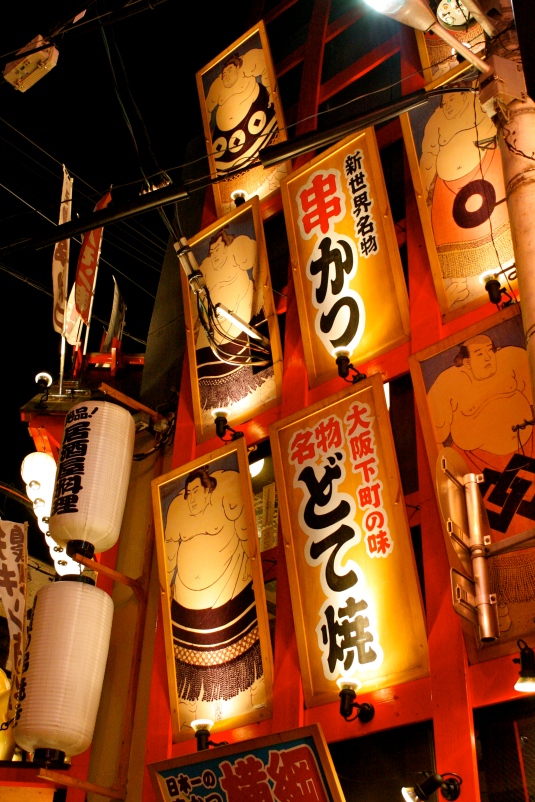Last Saturday we were woken up at the unfortunate hour of 5:30am by the town’s earthquake warning alarm system. Let me just say that it is not the kind of thing you want to wake up to.
I actually didn’t even know the town had an earthquake warning alarm system. Thomas said that it was installed after the March 2011 Tohoku earthquake and tsunami disaster in Fukushima Prefecture. I must remember to ask him how he obtained this information because I certainly didn’t know. This new alarm system is a high-pitched noise and then a man begins speaking in fast Japanese, telling you basically that an earthquake is coming. After that all you got to do is wait.
Oh, but not also were we woken up by the town’s alarm system but also by our cell phones. Japanese cell phone companies have begun providing an emergency service that warns users of earthquakes. This is a very scary and loud alarm that is very high-pitched as well. At first I thought it was Thomas’ morning alarm to go to school, but then realized that his alarm doesn’t sound like that, so I asked him what was happening and then he said an earthquake was coming so we had been double warned and sure enough about 5 seconds later the whole apartment shook for a good 30 seconds. Being a 6.0 in magnitude and relatively speaking not very far, it was the strongest shake I have felt in my time living in Japan.
Being from a country where earthquakes are not common at all, I have to admit that the idea of earthquakes really worried me when I first arrived in Japan, but over the years I have learned a lot about earthquakes and tsunamis so I thought I’d share some of my knowledge in case you are planning on visiting or living in Japan in the future.
First and foremost know your emergency exits. Even if you can’t read Japanese, follow the drawings and common sense. No elevators, use the stairs and most importantly do not panic.
Earthquakes last a very short period of time. I know in our minds they seem to last forever, but they really don’t. Most Japanese people will tell you that if is not a strong one, just wait for it to pass by. If is strong like the one in March 2011, go under a table, or a desk or a door frame. Also, know where your emergency meeting place is. Every neighbourhood in Japan has an emergency meeting place. If you don’t know, ask your landlord or ask at work and they should be able to tell you. In my neighbourhood, our emergency meeting place is the elementary school a block away.
One most also never forget that if there is one thing Japan is prepared for is earthquakes. In March 2011 the earthquake did relatively speaking very little damage, the tsunami on the other hand was devastating. Japanese buildings are designed to sway a bit if necessary and even sky scrapers in Tokyo are built this way. I saw videos of the earthquake in 2011 and it was very scary, but also incredible to see how much those building swayed around, yet none fell down.
Going back to the subject of tsunamis, the chance of a tsunami varies from place to place. I live in Ehime Prefecture and we don’t directly face the ocean. People have said that Ehime is one of the safest places to live because we have the Seto Inland Sea to the north and across the Seto is Honshu island. With the Seto Sea being so small, the chance of tsunamis are minimal. However, on the other side of Shikoku Island, where Ehime is located is Kochi Prefecture and they face the Pacific Ocean, so they have many more emergency plans in case of tsunamis. Once again depending where you are visiting or living, get informed. Ask your neighbours or co-workers what the emergency plan is and follow it accordingly.
Lastly, have an emergency kit at home. After the March 2011 disasters stores across the country began selling emergency kits with food, water, a flashlight, etc. Buy yourself one of this kits. Hopefully you may never have to use it, but better safe than sorry.
Remember the Japanese have dealt with earthquakes for centuries and from a very early age are trained on what to do in case of an emergency. While we may panic, they don’t. A rule of thumb I have come up with if we ever experience an emergency here is to follow the lead of my neighbours, whatever they do chances are is the right thing to do. Earthquakes are scary, especially if you are not used to them, but be prepared and informed and they will just feel like something that is ingrained in your everyday Japanese lifestyle.















